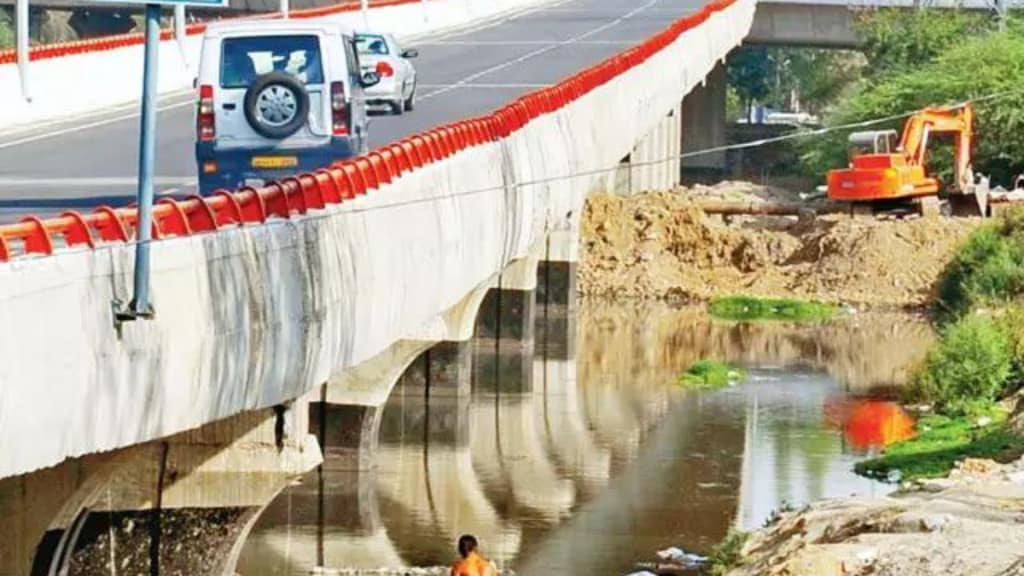The Archaeological Survey of India (ASI) will rebuild the famous 400-year-old Barapulla Bridge in Delhi’s Nizamuddin neighbourhood within three months, Raj Niwas authorities announced on Sunday. They further stated that the promise was provided by the director general of ASI during a site visit by Delhi Lieutenant Governor V K Saxena to assess the restoration project’s progress.
According to the officials, this was his second visit to Barapulla Bridge in as many days. His first visit was on August 4. They said that the building had been abandoned, severely encroached upon, and had become a dump yard for trash and junk from the surrounding communities.
Saxena had directed the removal of encroachment and restoration of the bridge in a mission mode. According to the officials, locals and lawmakers have also backed the LG’s plan to restore the bridge.
On Sunday, the 200-meter bridge was given to the Archaeological Survey of India (ASI) so that they could begin the restoration process. The ASI representative promised a full recovery in three months. They stated that he also gave the agency instructions to restore the bridge while preserving its original design and to install appropriate lighting on it after the job is finished.
During his Sunday visit to the bridge, the LG was accompanied by Delhi chief secretary and ASI director general, the officials said.
According to a Raj Niwas official, Saxena praised the efforts of all the relevant agencies, including the Municipal Corporation of Delhi, the Public Works Department, the Irrigation and Flood Control Department, the Railways and the ASI, for their coordinated efforts to clear the area around the bridge of encroachments and to desilt the drain that flows beneath it. He further stated that ASI will begin the restoration process as soon as the desilting is finished.
The official stated that the agencies’ concerted efforts resulted in the removal of the encroachments within a week and the start of the drain’s desilting process.
The bridge, known as Barapulla because of its twelve piers and eleven arches, was constructed by Minar Banu Agha about four centuries ago under the guidance of Emperor Jehangir. Historians claim that the bridge was constructed in 1628 and that there was a broad, tree-lined corridor between it and Humayun’s Tomb.
The official stated that the bridge, which is regarded as one of Delhi’s most magnificent, was most likely utilised by the Mughals to cross the Yamuna River en route from Agra, the then-capital, to Nizamuddin Dargah and Humayun’s Tomb.
(with inputs from PTI)


